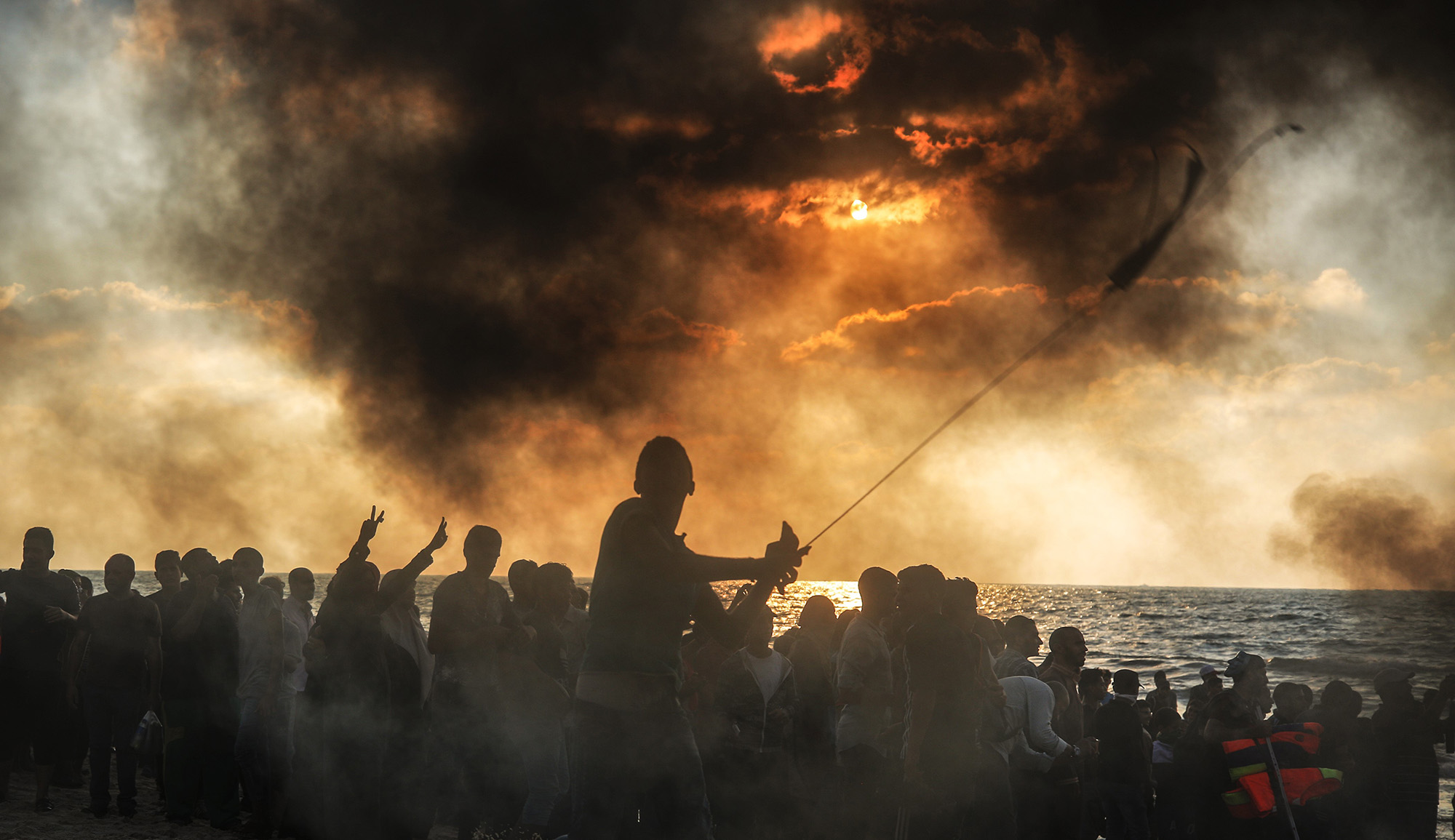Drawing on his experiences commanding British forces in Afghanistan, and on a recent visit to the Gaza Strip, Richard Kemp analyzes the challenges Jerusalem faces in the current operation:
The IDF spokesperson Rear Admiral Daniel Hagari has reported that Hamas has been using suicide attackers, a uniquely difficult and lethal enemy to counter. An opponent who wears civilian clothes and operates within the civilian population can only really be identified if he is carrying or firing a weapon. If you don’t make the right split-second decision when someone appears in front of you in civilian clothes, without a rifle, with his hands up and with an unseen suicide vest beneath his outer clothing, you and your comrades could be vaporized. Or if there is no suicide vest you might just have killed an innocent civilian. There is no tougher call.
Inside Gaza, . . . in almost every alleyway—and something like every other house in Shuja’iyya—the IDF has found explosives, weapons, and booby-traps, not to mention terror-tunnel entrances. I entered one partly destroyed house and saw boxes of Iranian-supplied hand grenades that had been stored in a child’s bedroom.
In the midst of this hell, IDF soldiers are daily risking their lives to hunt down Hamas terrorists and to find and rescue Israeli hostages held at gunpoint. I spoke to many of them inside the Strip and saw some of them in action. What I found deeply impressed me. The standards of professionalism and battle discipline of these young conscripts are remarkable, especially when you consider that most are straight out of high school, as well as the older reservists who dropped what they were doing in their offices and factories, grabbing rifles and uniforms to answer the call of duty. I was struck also by their sky-high morale and incredible fighting spirit, virtues that are so vital in any fighting army.
More about: Gaza War 2023, Hamas, IDF


